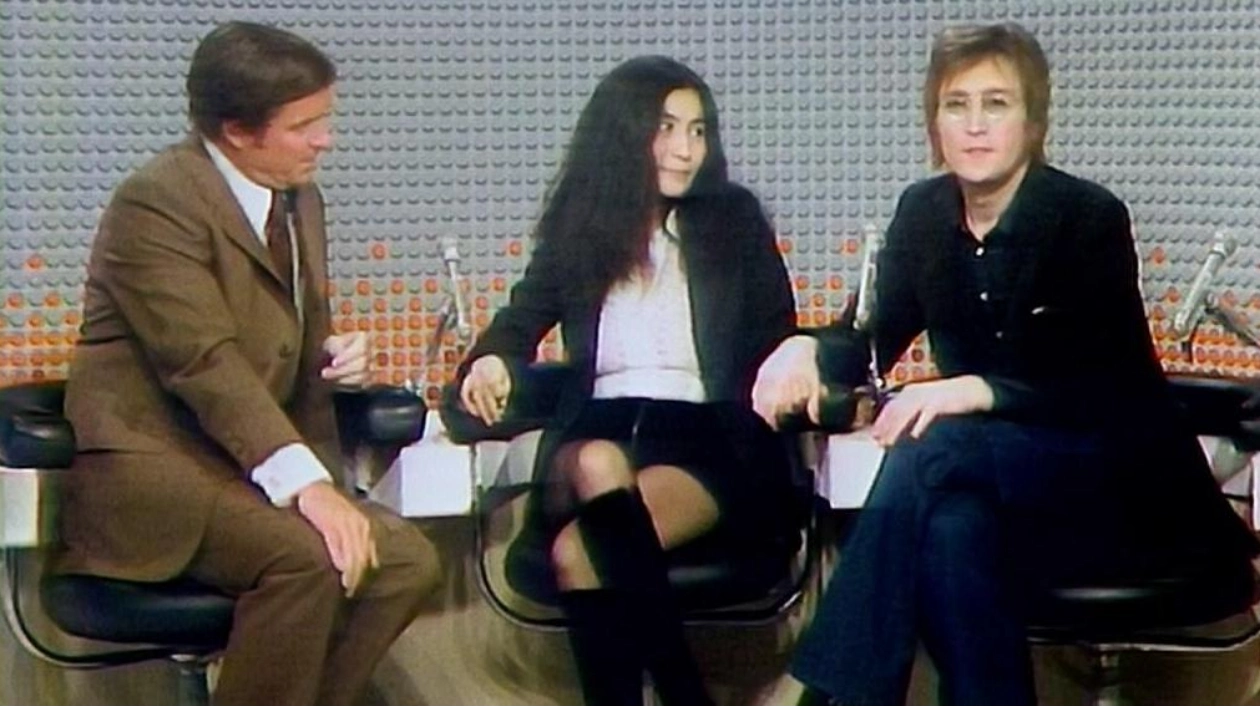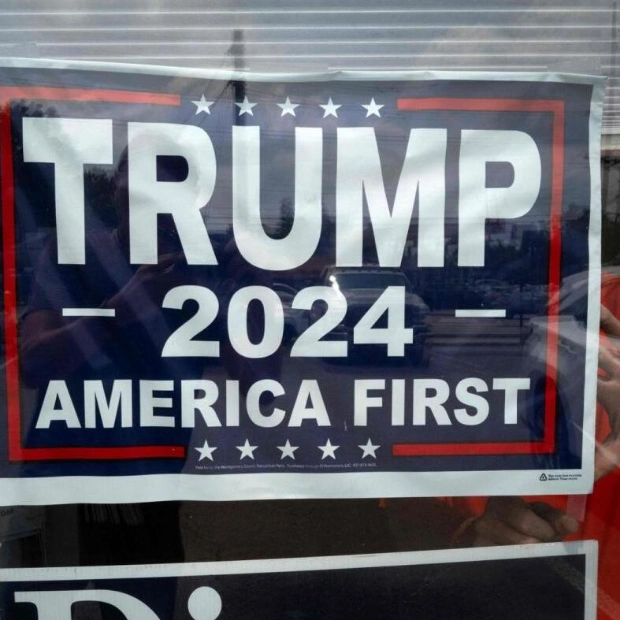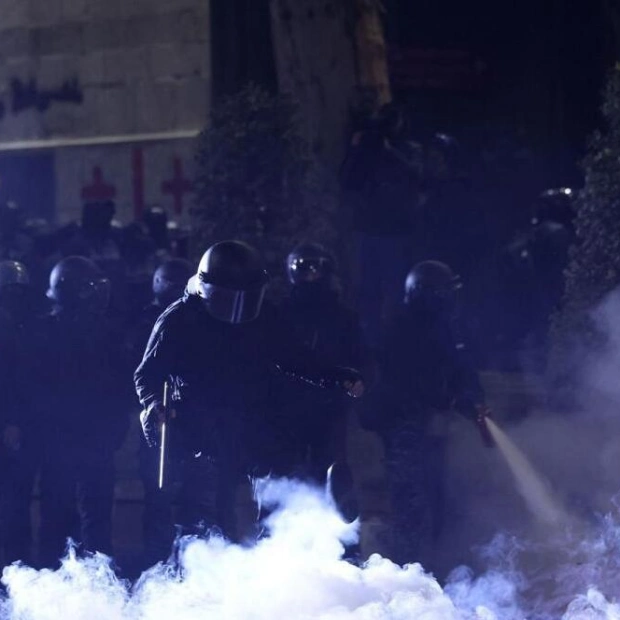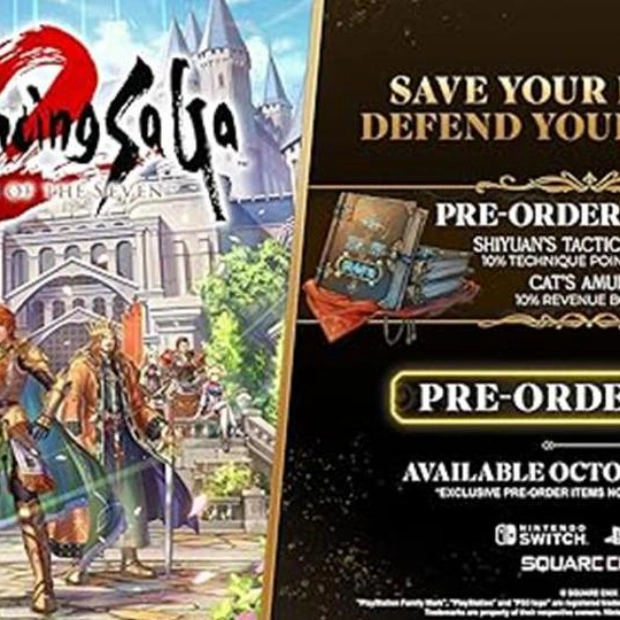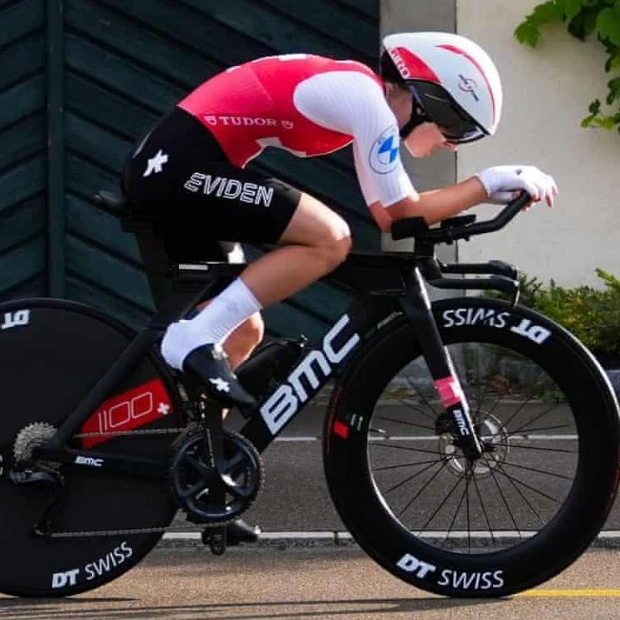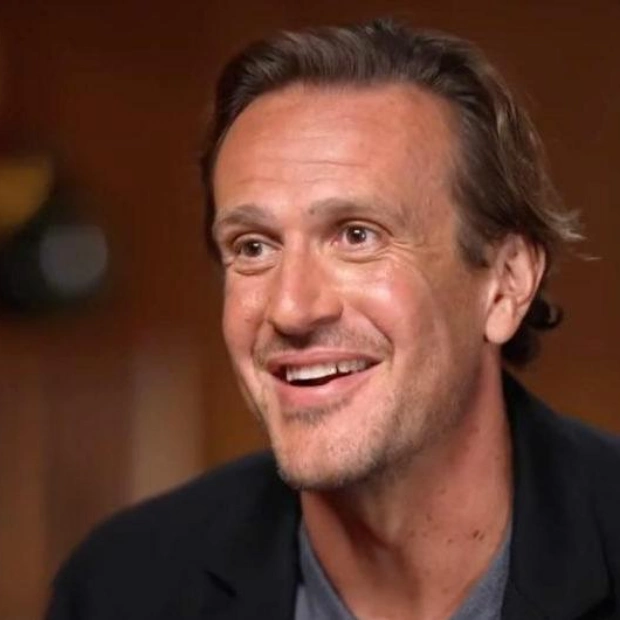Imagine John Lennon and Yoko Ono co-hosting a daytime talk show for a week — a modern-day Kelly Ripa and Mark Consuelos. This scenario unfolded 52 years ago when the former Beatle and his wife brought their message of peace, love, and counterculture to Middle America on “The Mike Douglas Show.” Just months after the release of “Imagination,” Lennon and Ono hosted five shows from February 14-18, 1972, featuring guests handpicked to spread their utopian vision during the final years of the Vietnam War. This historic week is revisited in the new documentary “Daytime Revolution,” which premiered in theaters on what would have been Lennon’s 84th birthday. (The film will continue its run at New York’s Quad Cinemas through October 17 before its DVD/Blu-ray release on November 26.)
“The idea that this eclectic mix of radical politics and music could find a home on a mainstream American talk show, with a host so open to embracing the unconventional, was the essence of making this film,” director Erik Nelson told The Post. “John and Yoko aimed to reach Middle America with their optimistic message… It truly was about peace, love, and all that idealism.” During their hosting week, guests ranged from consumer advocate Ralph Nader, Black Panther Party chairman Bobby Seale, and Yippies activist Jerry Rubin to rock pioneer Chuck Berry, comedian George Carlin, and avant-garde musician David Rosenboom, who connected Lennon and Ono to electrodes to create music based on their brainwaves.
There was also a macrobiotic chef, Hilary Redleaf, leading a cooking segment, and a medical discussion with biofeedback researcher Dr. Gary Schwartz on the mind’s ability to control blood pressure — far from typical daytime talk show content. “The co-hosts on ‘The Mike Douglas Show’ were asked to suggest guests,” said E.V. Di Massa, an associate producer at the time, interviewed in the film. “We gave them the chance to tell us who they wanted on the show.” Di Massa noted that the exact process of booking Lennon and Ono remains unclear. “We’re not entirely sure how it happened,” he said. “But Yoko was fully committed to the idea, and so was John… Yoko viewed ‘The Mike Douglas Show’ as a conceptual art project.”
The tapings, which took place over five weeks on Thursday nights, required Lennon and Ono to travel from their home in New York’s Greenwich Village to Philadelphia to record in a basement studio. “All the guests came from New York… which was the epicenter of radical culture in 1972,” said Nelson. “So, in a way, these shows celebrate New York’s radical culture in 1972.” Despite their agenda, Lennon and Ono met Douglas halfway. “It’s John Lennon and Yoko Ono who adapted their act for mainstream television,” said Nelson. “And Mike Douglas and his team trusted that John and Yoko would behave.” Essentially, Nelson described it as: “Mike invited John and Yoko into his living room, hoping they wouldn’t make a mess.”
However, not all was harmonious on set. “I was the youngest staff member, often sent to talk to Yoko because others were intimidated by her,” Di Massa recalled. “When Yoko wanted changes, other producers struggled to communicate with her.” Lennon, too, played a peacemaker. “John was great and often intervened if Yoko’s ideas clashed with the producers’ wishes,” said Di Massa. “He acted like a mediator.” By the fourth episode, Lennon, wearing a Boston Red Sox jersey, sang “Imagine” at the piano, becoming more comfortable in his co-host role. “By the end, he was doing impressions of Groucho Marx,” said Di Massa. “It was a delightful experience to see John Lennon relax and enjoy himself.”
